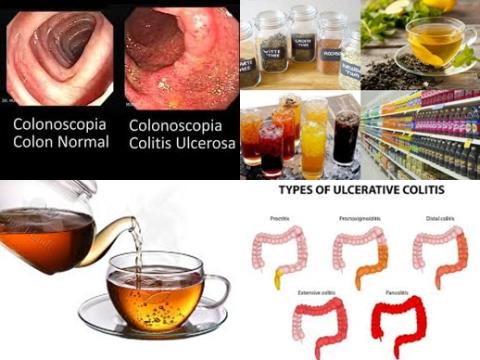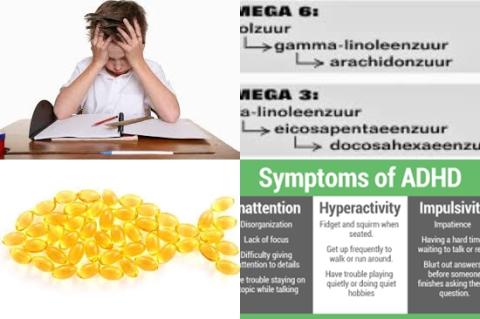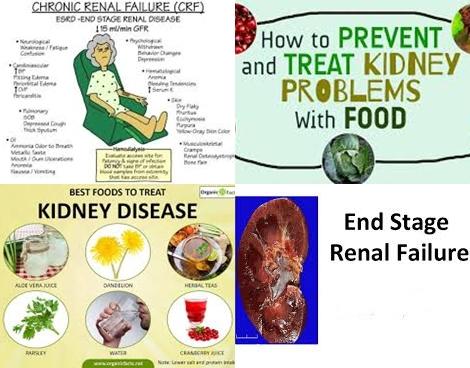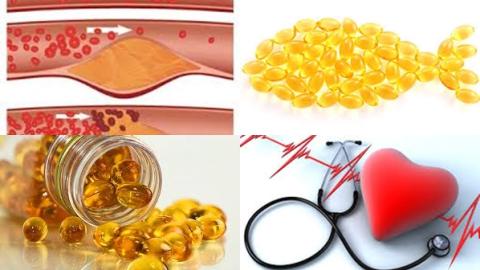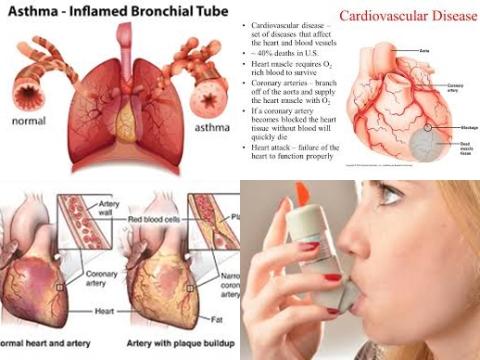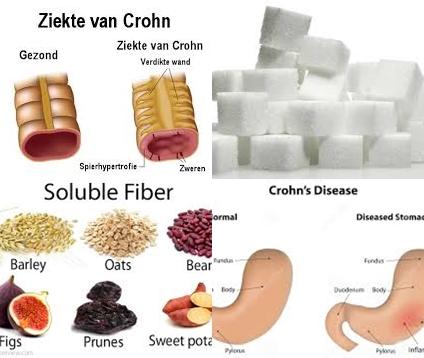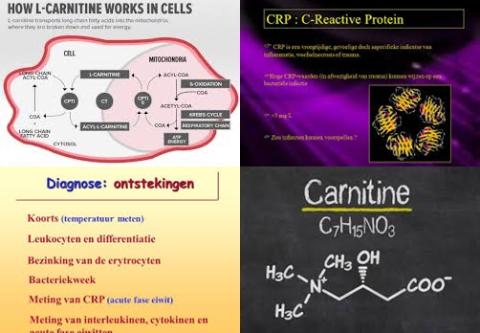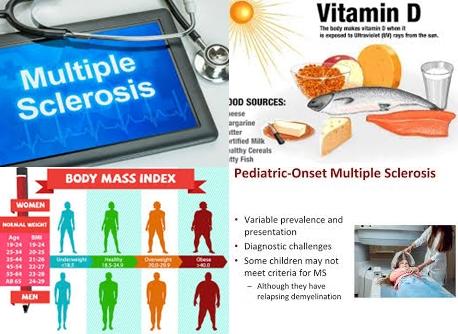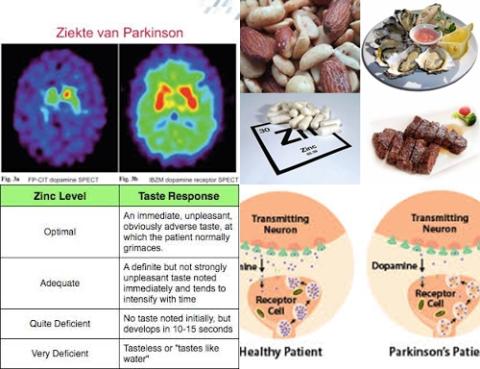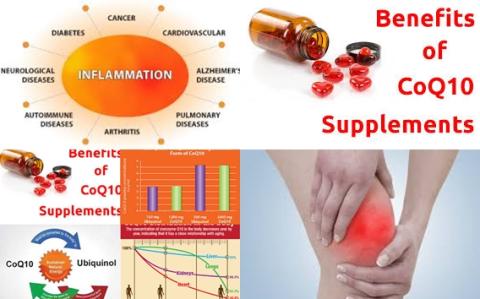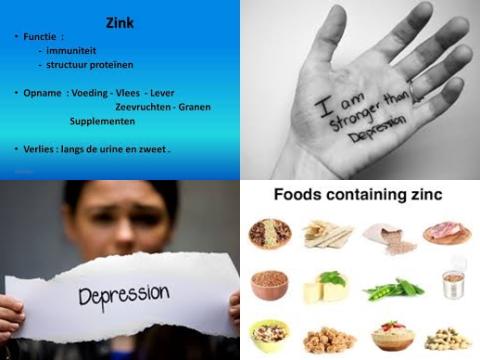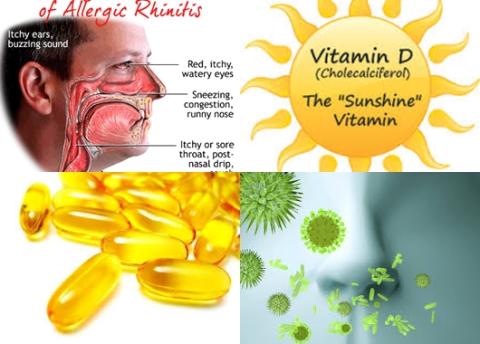Objectives:
Dietary intake is potentially associated with the onset of Crohn’s disease (CD), but evidence from epidemiological studies has remained unclear. Therefore, this review article (meta-analysis) has been conducted.
Is there a positive association between fat, carbohydrate or protein intake and the risk of Crohn’s disease?
Study design:
This review article included 4 case-control studies with a total of 311 Crohn’s disease cases and 660 controls and 5 prospective cohort studies with a total of 238,887 participants and 482 Crohn’s disease cases.
The Egger’s test detected no obvious publication bias in fiber (p = 0.708), while there were not enough studies to conduct the analyses for carbohydrate, fat and protein.
Results and conclusions:
The investigators found no evidence of a non-linear relationship between total carbohydrate intake and Crohn’s disease risk [p for non-linearity = 0.376].
The investigators found no association between 10 g increment/day of total carbohydrate intake and Crohn’s disease risk [RR = 0.991, 95% CI = 0.978-1.004, I2 = 0.0%, p = 0.439]. No association because RR of 1 was found in the 95% CI of 0.978 to 1.004. RR of 1 means no risk/association.
The investigators found no evidence of a non-linear relationship between total fat intake and Crohn’s disease risk [p for non-linearity = 0.281].
The investigators found no association between 10 g increment/day of total fat intake and Crohn’s disease risk [RR = 1.018, 95% CI = 0.969-1.069, I2 = 44.6%, p = 0.125].
The investigators found no evidence of a non-linear relationship between total protein intake and Crohn’s disease risk [p for non-linearity = 0.163].
The investigators found no association between 10 g increment/day of total protein intake and Crohn’s disease risk [RR = 1.029, 95% CI = 0.955-1.109, I2 = 54.7%, p = 0.085].
The investigators found a non-linear relationship between fiber dietary intake and Crohn’s disease risk [p for non-linearity = 0.019].
The investigators found a significant reduced risk of 14.7% for Crohn’s disease for per 10 g increment/day of fiber [RR = 0.853, 95% CI = 0.762-0.955]. However, the protective role of fiber dietary intake in the development of Crohn’s disease was gone after adjustment for the risk factor smoking [RR for per 10 g increment/day = 0.890, 95% CI = 0.776-1.020].
The investigators found a non-linear relationship between sucrose intake and Crohn’s disease risk [p for non-linearity = 0.023].
The investigators found a significant increased risk of 8.8% for Crohn’s disease for per 10 g increment/day of sucrose [RR = 1.088, 95% CI = 1.020-1.160, I2 = 0.0%, p = 0.39]. Significant means it can be said with a 95% confidence that each 10 g increment/day of sucrose really increased the risk of Crohn’s disease.
The investigators concluded there is a lack of association between total carbohydrate, fat or protein intake and the risk of Crohn’s disease, while high fiber dietary intake might decrease the risk but the association was influenced by study design and smoking adjustment. High sucrose intake might increase the risk of Crohn’s disease. However, large-scale prospective designed studies are needed to confirm these findings.
Original title:
Macronutrient Intake and Risk of Crohn’s Disease: Systematic Review and Dose–Response Meta-Analysis of Epidemiological Studies by Zeng L, Hu S, [...], Tan Y.
Link:
https://www.ncbi.nlm.nih.gov/pmc/articles/PMC5452230/
Additional information of El Mondo:
Find more information/studies on fat, protein, carbohydrate and fiber right here.

